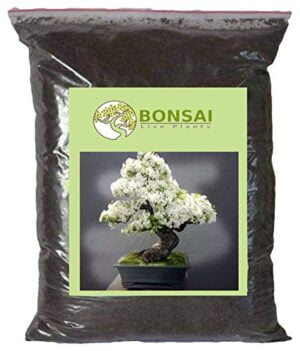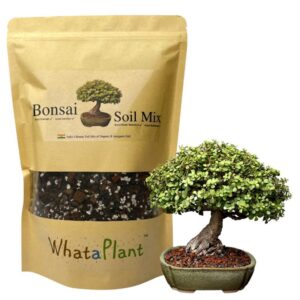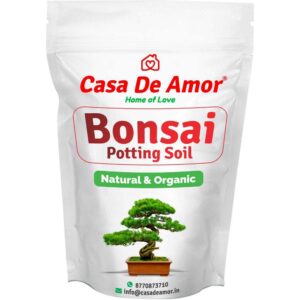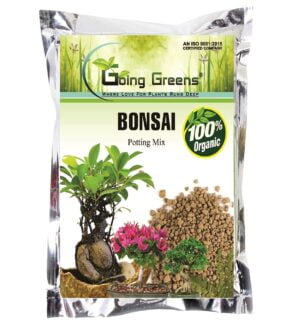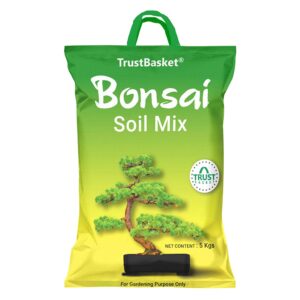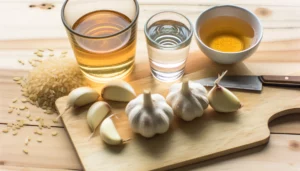Soil is vital to gardening, whether you’re growing bonsai or other plants.
But it’s particularly essential to get it right when growing a bonsai tree.
The soil composition is crucial to bonsai’s survival and development. There is no secret recipe or formula for soil composition. But you need to consider many things to choose the right soil mixture.
But have no fear when we are here! We will tell you everything about bonsai soil and its mixture to help you with your gardening.
What is bonsai soil?
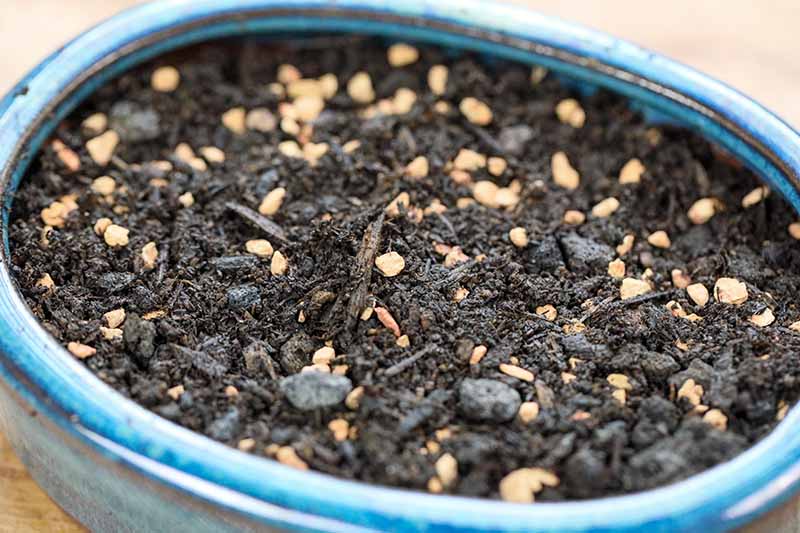
It is made from a mixture of components rather than pure soil, as bonsai soil isn’t really soil at all. Some bonsai experts refer to this as a “growing medium” or a “substrate.” But, to simplify, we call it “soil.”
Bonsai soil provides support for the miniature tree to thrive well. In addition to serving as the plant’s strength, it also stores water and nutrients.
At the same time, the soil should be light enough for the roots to receive oxygen. Furthermore, it acts as a shield against fluctuating temperature and moisture levels.
You need to add water and essential plant nutrients to the small amount of soil you used to establish the tree. You should carefully select each soil component. But which soil is best? What makes it ideal?
Which soil is best for a bonsai tree?
The soil quality of your mix directly affects the bonsai tree‘s health and life. Depending on the kind of tree you’re cultivating, you will need a different type of substrate. You must consider several attributes in an appropriate soil mix for bonsai trees.
These three factors make the soil most appropriate for the plant to thrive and flourish.
1) Water absorption:
Your soil should have excellent water retention so the bonsai can stay hydrated between waterings.
2) Good Drainage:
Additionally, your soil should have enough drainage so that any extra water may quickly drain from the container. If there is no adequate drainage, it can cause salt buildup, root rotting, and overwater retention. Bonsai trees can be severely affected by this.
3) Aeration:
The roots of bonsai need room to breathe. Some air pockets develop between pumice and lava rock, and materials help the material to decompose. It effectively transfers nutrients to the bonsai roots.
Buy Best Potting Mix for Bonsai Plants
How to make bonsai soil?
To determine your tree’s preferred soil, you must experiment with various soil mixtures. There are two fundamental sorts of bonsai trees, and each works best with a specific blend of bonsai soil.
1) Deciduous Bonsai Tree Soil Blends
A bonsai tree that loses its leaves in the fall (Autumn) months to enter its dormant stage over the winter is considered deciduous.
Some Deciduous Bonsai kinds include Wisteria, Elm, and Maple variations.
| Material | Quantity |
| Akadama | 50% |
| Lava Rock | 25% |
| Pumice | 25% |
2) Coniferous tree soil mixtures
Needle-shaped or scale-like leaves distinguish an evergreen coniferous tree. It retains its leaves during the dormant season.
Some Coniferous Bonsai tree species include cedar, pine, and juniper.
| Material | Quantity |
| Akadama | 33% |
| Lava Rock | 33% |
| Pumice | 33% |
Additional Tips:
- If your bonsai soil mixture is drying up too rapidly, you can add more Akadama and less of the other types.
- Your tree needs good water drainage, so make sure you have it.
- You can add more sandy soil if the water is not draining correctly. Soils like haydite provide adequate drainage.
- You should track the condition of your bonsai tree and alter the soil mixture as necessary. The ideal soil mix will depend on the type of tree, the container it is in, and its location in your home.
But what components will you need to make bonsai soil? In this section, we will describe two soil mixtures you can add to your bonsai.
Components Of Soil
There are two soil mixtures to boost growth and supply nutrients to your bonsai.
- Organic Soil
- Inorganic Soil
1) Organic Soil
These comprise grit and decayed plant material. Due to this combination, it can retain the water and nutrients for the tree. Grit acts as a medium to promote drainage.
The following organic components make up the organic bonsai soil:
Bark
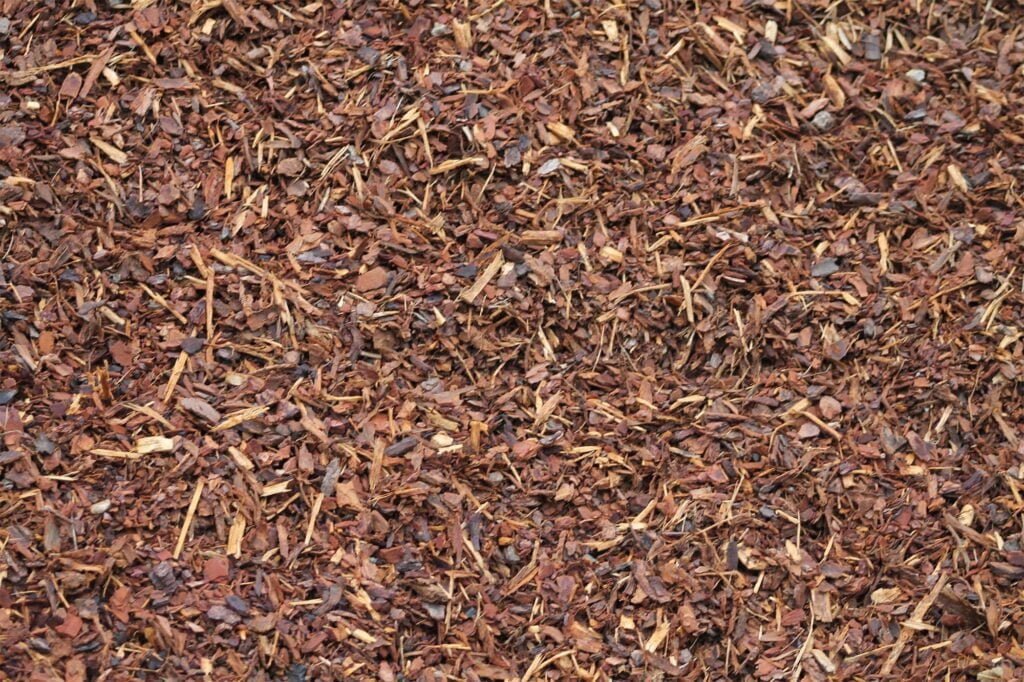
People frequently use pine or conifer bark. It will give your mixture more bulk and works best for water retention.
Peat moss
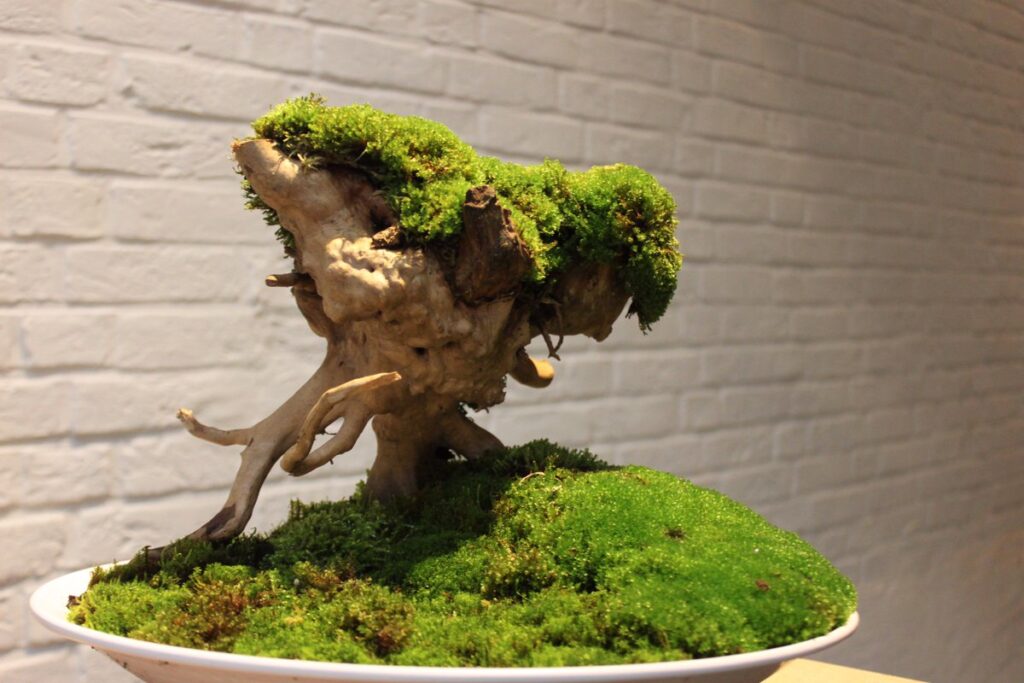
You should use it in limited amounts. Since peat moss will hold on to water well, it shouldn’t make up most of your mixture.
Leaf litter
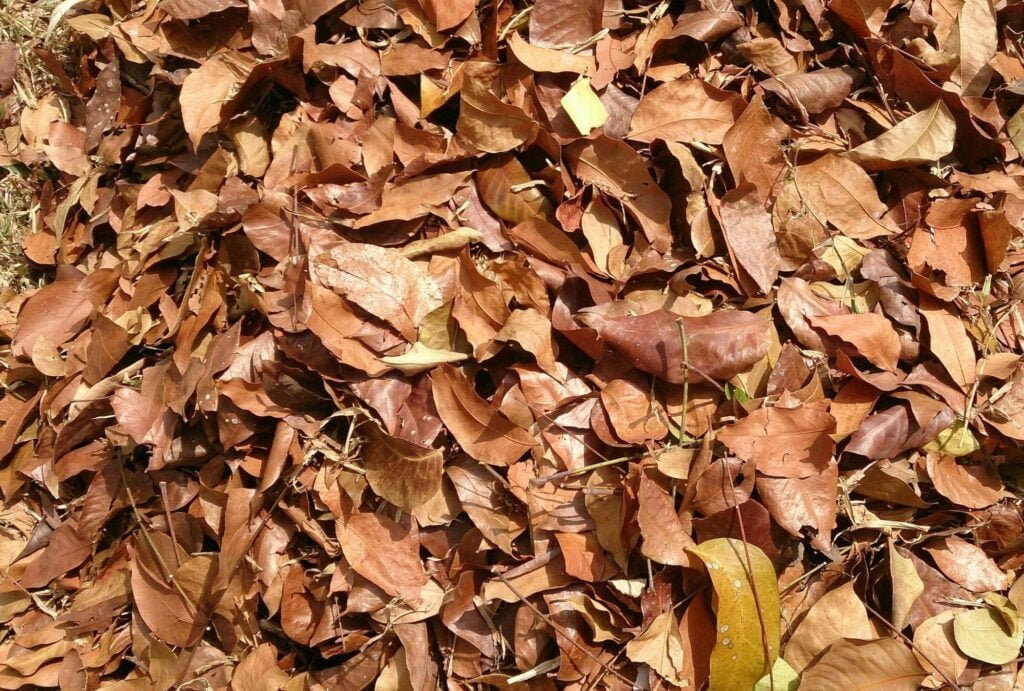
You can use it to mimic how deciduous trees naturally lose their leaves. It is a fantastic soil supplement that will decompose over time and give your bonsai sufficient nutrition.
2) Inorganic Soil
Inorganic soil comprises materials with less nutrient content but good drainage and aeration. It will be essential to fertilize the bonsai when using inorganic soil only. In contrast to organic soil, inorganic soil maintains its structure and does not hold onto water in excess.
These are the following components that make an inorganic soil mixture:
Akadama
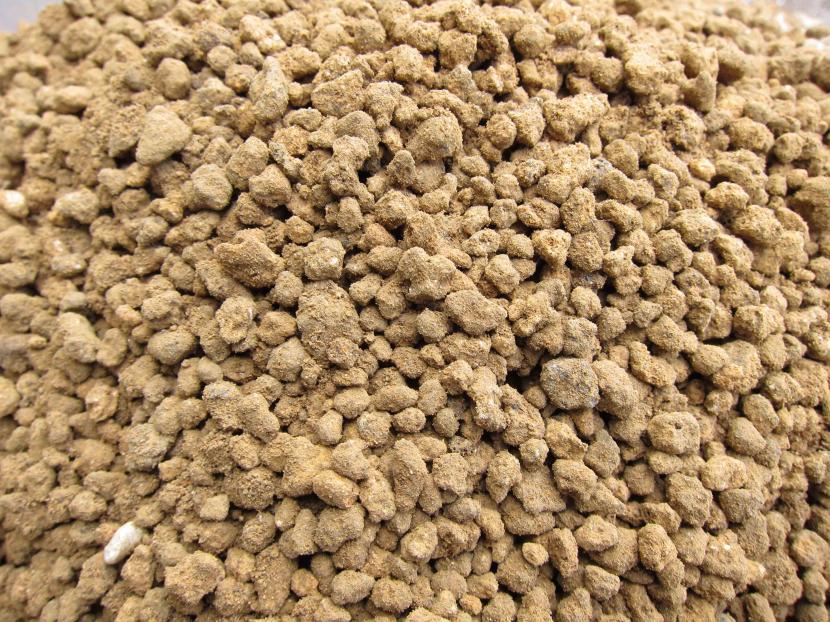
It is one of the basic materials used to make inorganic bonsai soil. Akadama is a Japanese clay that has been hard-baked, especially for bonsai. Although excellent for retaining water, it will eventually degrade. It does require replacement from time to time.
Lava rock
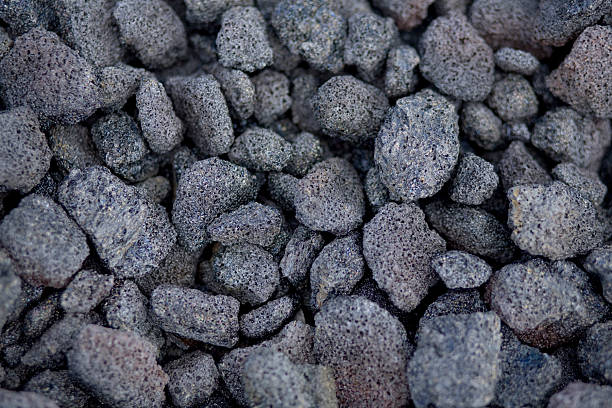
It is a very tough material that is also quite porous and is harsh to the touch. Because lava rock does not decompose quickly, it is excellent for aerating and draining soil.
Pumice
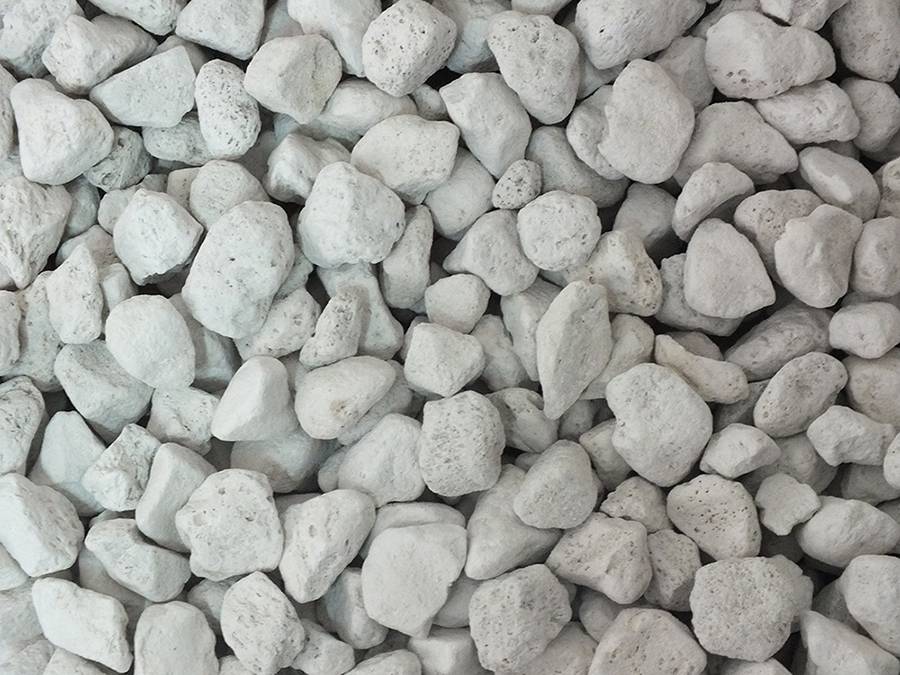
It is a softer volcanic rock that works excellently in bonsai soil. It enables the roots to spread out (where roots split into smaller limbs) and retains nutrients and water.
Additional Information:
- Although employing an organic or inorganic medium alone is not good. You can combine the two to produce a basic mixture that becomes an ideal soil.
- To improve the appearance of their bonsai soil, you can add a variety of various materials. Even while they are not necessary for growth, these will help your bonsai’s health in modest doses.
Some Soil Addictives
You can add these typical soil supplements to your bonsai:
- Lime: Bonsai experts do not suggest adding lime. Yet, you can add them to reduce the soil’s acidity.
- Charcoal: It helps in the creation of a “filter” in the removal of contaminants from the water you are using.
- Fertilizer: You can add solid or liquid fertilizer to feed your tree. Most frequently, you can add it right before the growing season.
Frequently Asked Questions
Ques 1: Can I plant my bonsai in potting soil?
Ans: No, we do not advise you to add potting soil to your bonsai tree. It does not provide enough drainage and aeration that a bonsai requires.
Additionally, potting soil retains water a little bit, and your bonsai is at risk for “root rot.” It could negatively impact its health. In potting soil, your bonsai may survive, but it won’t flourish and develop its full beauty.
Ques 2: Why do people cover their bonsai soil with moss?
Ans: Above all, it looks incredible! Your bonsai tree will look great if you add moss, but it also has an advantage. It retains moisture by reducing evaporation.
Conclusion
Various factors determine which soil you will use to grow your bonsai. Some of them include the tree species, its fertilizer and water needs, the pot’s size, and the area’s climate.
You must think carefully and experiment to find your bonsai’s ideal soil composition. But once you figure out the exact combination, you will grow your bonsai into a beautiful work of beauty.
Related Articles
- White spots on the leaves?- Powdery mildew on bonsai (identification and solution).
- Bonsai Bloom Booster: How Beer and Garlic Will Change Your Gardening Game!
- 9 Things You Must Stop Doing As a Bonsai Owner To Make Your Bonsai Live Longer
- Mastering Bonsai Care During Monsoon: A Comprehensive Guide
- Revive Your Bonsai Tree with These Proven Techniques!
- Top 15 Must-Have Bonsai Tools for Enthusiasts


